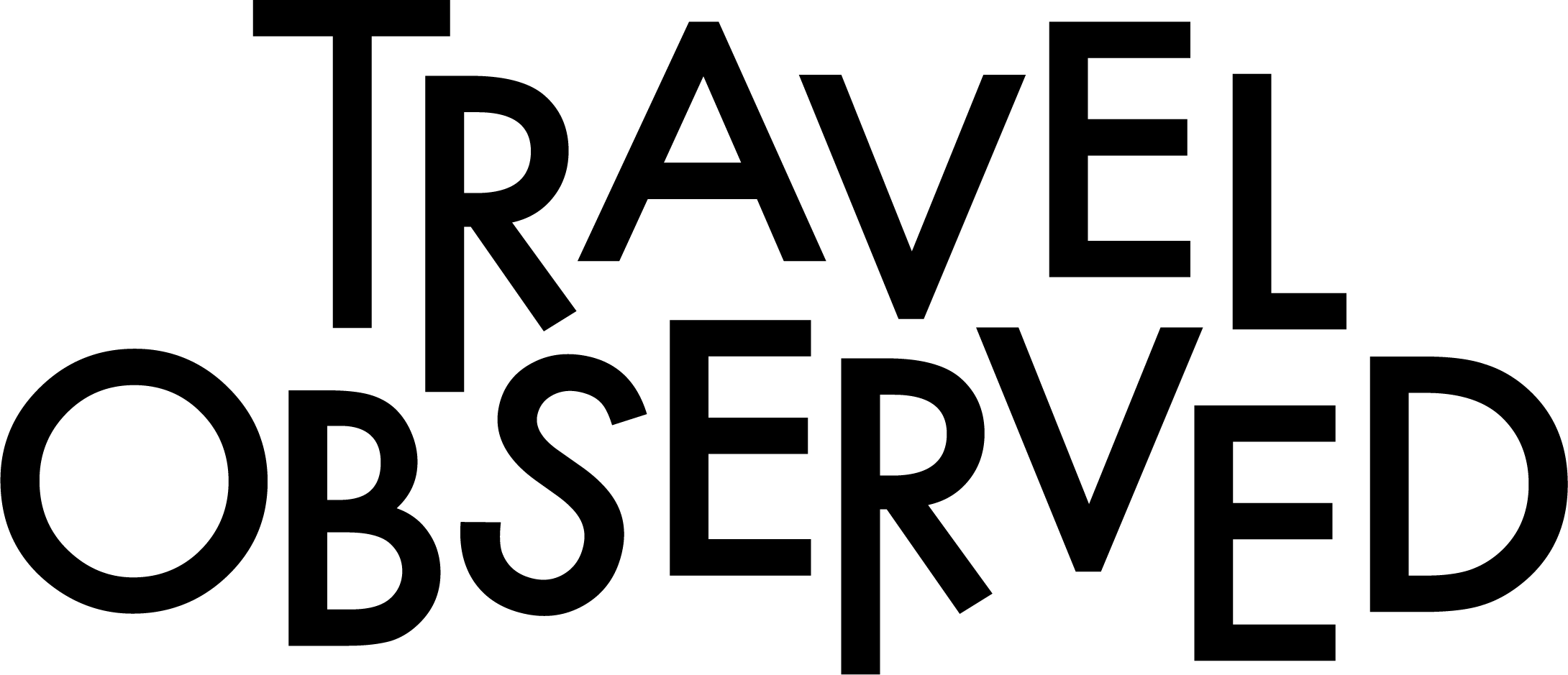The Getty Villa, located near California’s Malibu coast, offers visitors a rare glimpse of the ancient world once found in parts of southern Europe. The museum is modeled after a grand, first-century Roman villa, Villa dei Papiri at Herculaneum, which was buried by the volcanic eruption of Mount Vesuvius in 79 AD. It holds one of the world’s most prominent collections of antiquities dedicated to the arts and cultures of Greece, Rome and Etruria. With 64 acres situated on a hilltop overlooking the Pacific Ocean, the museum’s location is ideal for enjoying its beautifully manicured gardens and charming outdoor spaces. From architecture to art, the Getty Villa provides an immersive museum-going experience and is a must-see spot while visiting Los Angeles. When travel isn’t possible, check out the Getty Villa online with access to free images, publications, audio tours, videos, podcasts and more.
Virtual Tour of the Getty Villa
About the Getty Villa
In 1968, businessman and philanthropist J. Paul Getty (1892–1976) began plans to build a Roman-style villa near Malibu to serve as a museum. Six years later, the new museum opened to the public and quickly became a cultural landmark. The Getty Villa houses the J. Paul Getty Museum’s extensive collection of antiquities, including 44,000+ objects of which roughly 1,300 are on view. The museum has 27 galleries organized by time period from the Neolithic Era to the late Roman Empire (ca. 6,500 BC to 400 AD).

© J. Paul Getty Trust

Tablinum at the Getty Villa Photo: Elon Schoenholz © 2018 J. Paul Getty Trust

© 2018 J. Paul Getty Trust
Highlights from the permanent collection include Neolithic clay figurines dating back to the sixth millennium BC, marble vessels and figurines from the Cycladic Islands and Cyprus dating back to the Bronze Age and a group of frescoes from the Villa of Numerius Popidius Florus at Boscoreale near Pompeii dating back to the first century AD. Two galleries are devoted to Roman sculpture and feature a number of life-size and larger Roman works, including the Statue of a Female Figure, a life-size bronze eagle, several portrait busts and three cornice blocks from a first-century BC building in Rome.

© 2018 J. Paul Getty Trust

© J. Paul Getty Trust

© J. Paul Getty Trust
The Etruscan gallery features sculptures, vases, bronze statuettes and carved amber. Additional galleries are devoted to Athenian pottery, a special strength of the collection, and Greek works from southern Italy and Sicily, including a remarkable terracotta group from 350–300 BC. The Getty’s collection of Roman gold and silver vessels, figurines and jewelry are displayed in the Roman Treasury, along with engraved gems and Roman gold coins on loan from private collections.
The Getty Villa underwent a major upgrade and reinstallation of its antiquities collection in 2017/18. The gallery space was increased by 3,000 square feet to accommodate a number of large objects previously kept in storage. The reinstallation featured a newly renovated gallery on the first floor dedicated to the age of Alexander the Great and the Hellenistic World (336–30 BC). The centerpiece of this installation is the Victorious Youth, also known as the Getty Bronze. Other notable objects of the same period and style accompany the statue, including a marble head of Alexander the Great.

© J. Paul Getty Trust
The museum’s grounds offer four gardens that blend together 300+ plant varieties, Roman architecture and open-air spaces. The largest garden, Outer Peristyle, is a replica of the one at the Villa dei Papiri with a long pool at the center. The landscaping features plants typically found near the Mediterranean, such as apricot trees, grapevines and lavender. Visitors can stroll around the fragrant gardens while enjoying mosaic floors and colorful trompe l’oeil walls. The grounds also include a dramatic 450-seat outdoor classical theater perfect for hosting open-air performances.

Photo by Tahnee L. Cracchiola © 2018 J. Paul Getty Trust

Photo: Elon Schoenholz © 2018 J. Paul Getty Trust

Outer Peristyle at the Getty Villa Photo: Elon Schoenholz © 2018 J. Paul Getty Trust

Outdoor Theater at the Getty Villa Photo: Elon Schoenholz © 2018 J. Paul Getty Trust
Virtual Visit
From publications to audio tours, the Getty Center and Getty Villa offer plenty of online learning opportunities. Check out the museums’ highlights webpage for learning guides and the online library catalog for art history resources, including thousands of digitized works with detailed descriptions. The museums’ online offerings also include 350+ Getty Publications and 165,000+ art history books from libraries around the world. Many of the Getty Library’s rare books are accessible online featuring nearly 200 titles on alchemy and dozens of examples of some of the earliest photo books ever printed.
For more interactive programs, check out the Getty’s YouTube channels for access to hundreds of art history lectures, art-making activities and artist interviews. Popular videos include tutorials on how illuminated manuscripts are made, how tapestries are woven, how ancient Egyptians were mummified and how ancient sculptures are restored. The Getty’s two podcasts, Art & Ideas and Recording Artists: Radical Women, provide even more opportunities to learn about art and culture.
Contact Information
Address: 17985 Pacific Coast Highway, Pacific Palisades, CA 90272
Website: http://www.getty.edu
Email: [email protected]
Phone: (310) 440-7300
If you enjoyed Virtual Tour of the Getty Villa in California, check out other art-inspired articles.






